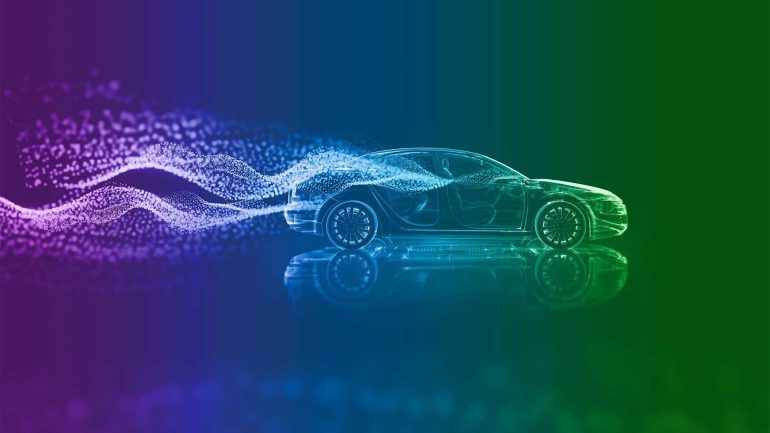- Driverless cars currently face challenges with common sense and handling trivial scenarios.
- Traditional autonomous driving methods, like “sense-think-act,” differ from human cognitive processes.
- Large language models (LLMs) like ChatGPT offer potential solutions by providing common sense through extensive training data.
- Multimodal LLMs integrate text and visual inputs, addressing long-tail problems and improving decision-making transparency.
- Vision-language-action models (VLAMs) are showing promise in robotics and could be applied to autonomous driving.
- LLMs introduce new challenges related to reliability, safety, and computational demands for real-time performance.
Main AI News:
Despite the impressive progress in autonomous driving technology, driverless cars still struggle with scenarios that seem trivial to human drivers, often resulting in amusing, unexpected outcomes. These humorous glitches highlight a fundamental difference between human and machine cognition. As AI continues to evolve, integrating language models used in chatbots like ChatGPT could provide a solution to these challenges, making autonomous vehicles more adept at handling everyday situations.
Recent developments in deep neural networks (DNNs) have laid the groundwork for autonomous driving by enabling vehicles to process traffic scenarios and identify critical elements like obstacles. This approach, known as “sense-think-act,” involves interpreting sensor data to predict obstacle trajectories and plan driving actions. However, this method diverges significantly from human cognitive processes, limiting its ability to handle novel or unusual situations.
The human brain, with its complex interplay of perception and action, provides a model that current AI lacks. Research indicates that while humans integrate sensory input with action plans, DNNs process data independently, which can lead to difficulties when encountering rare, unrepresented scenarios. This limitation is exacerbated by the challenges of creating comprehensive training datasets for AI systems.
The key to bridging this gap may lie in replicating human-like common sense within AI. Large language models (LLMs), such as ChatGPT, exhibit a form of common sense by leveraging vast amounts of information and developing an understanding of context and nuance. Multimodal LLMs, which integrate text and visual inputs, offer promising advancements in addressing the long-tail problem by providing explanations and recommendations for complex, unseen scenarios.
In robotics, vision-language-action models (VLAMs) are showing potential in translating language instructions into robotic actions, a development that could be applied to autonomous driving. Initial research into using LLMs for driving commentary aims to enhance transparency by explaining decision-making processes, with companies like Wayve exploring practical applications of these technologies.
While LLMs present a promising alternative to the traditional sense-think-act framework, they introduce new challenges related to reliability, safety, and computational demands. Evaluating these systems requires innovative testing methods to ensure real-time performance and address the high resource requirements of LLMs.
The future of autonomous driving may well be shaped by the integration of language capabilities, offering a path toward vehicles that can reason and respond more like humans. This advancement holds the potential to significantly reduce road traffic fatalities and injuries, underscoring the transformative impact of AI on automotive safety.
Conclusion:
The integration of AI chatbots and language models into autonomous driving systems represents a significant step forward in addressing the limitations of current technologies. By incorporating human-like common sense and enhancing decision-making capabilities, these advancements could greatly improve vehicle safety and performance. As the industry progresses, optimizing LLMs for real-time applications and overcoming their resource constraints will be crucial. The potential to reduce road traffic fatalities and injuries underscores the importance of these innovations in the automotive sector, positioning companies that embrace these technologies at the forefront of market advancements.

